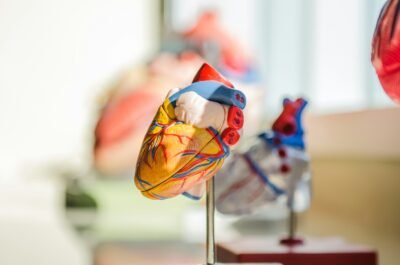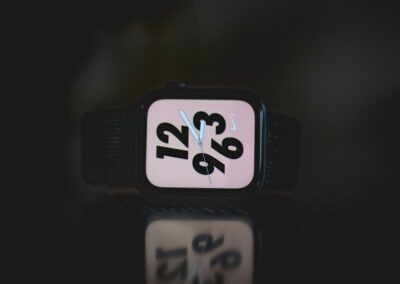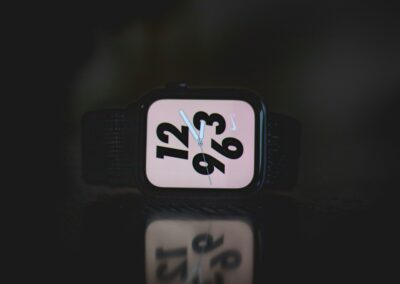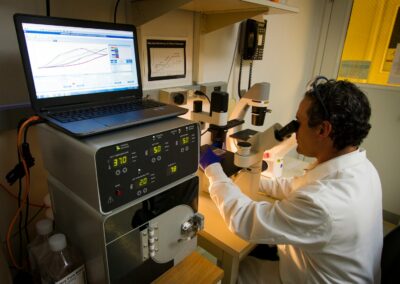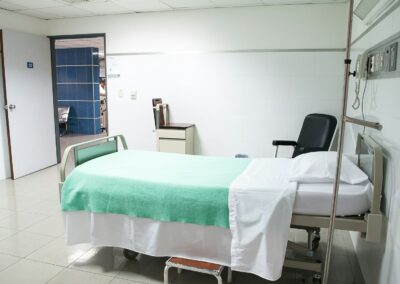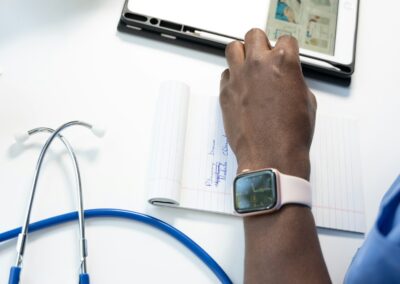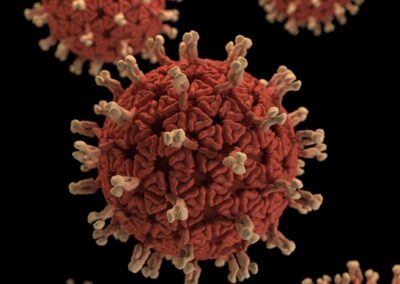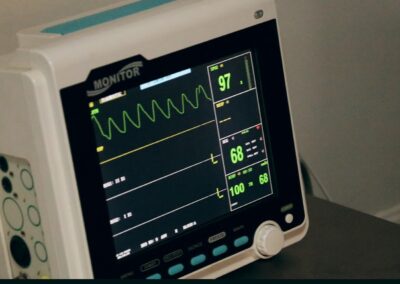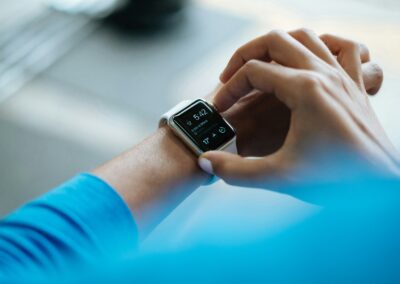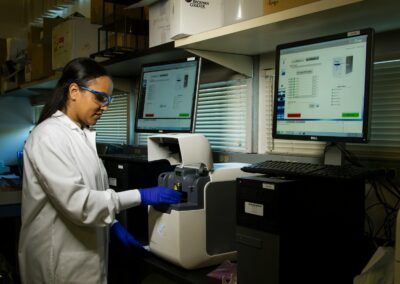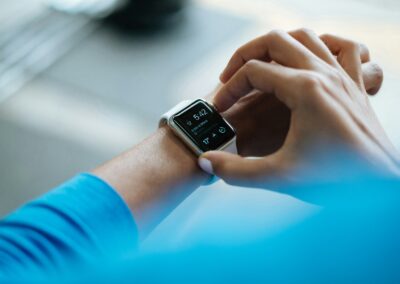The Role of Digital Twins in Health Monitoring
Transforming Health Monitoring with Digital Twins
The concept of continuous health monitoring has been significantly advanced by the integration of digital twins, which provide a dynamic and real-time view of an individual’s health. By combining data from wearable devices and various health sensors, digital twins offer a comprehensive model of a person’s physiological state. This innovative approach enables healthcare professionals to monitor vital signs, track chronic conditions, and predict potential health issues before they become critical. Digital twins can process vast amounts of data from numerous sources, including smartwatches, fitness trackers, and medical sensors, creating an accurate and up-to-date representation of an individual’s health.
In the context of rapidly developing healthcare ecosystems in regions like Saudi Arabia and the UAE, digital twins represent a major leap forward. These regions are increasingly adopting advanced technologies to improve healthcare delivery and patient outcomes. By implementing digital twins for continuous health monitoring, healthcare providers in these areas can offer more personalized and proactive care. The ability to continuously track and analyze health data ensures that medical interventions can be timely and tailored to the specific needs of each patient.
Integration of AI and Wearable Technology
The integration of generative artificial intelligence with digital twins enhances the capability of continuous health monitoring. AI algorithms can analyze data collected from wearable devices to generate predictive insights and recommendations. For instance, AI can identify patterns in heart rate variability, sleep patterns, or physical activity, offering early warnings for potential health issues such as cardiovascular problems or sleep disorders. This data-driven approach not only improves the accuracy of health assessments but also empowers individuals to take proactive measures in managing their health.
In regions like Saudi Arabia and the UAE, where technological advancement is a priority, the deployment of AI-driven digital twins for health monitoring aligns with broader goals of healthcare innovation. This synergy between AI and wearable technology facilitates a more responsive and adaptive healthcare system. As healthcare institutions continue to invest in these technologies, the benefits of continuous health monitoring will become increasingly evident, leading to better patient outcomes and enhanced overall wellness.
The Future of Digital Twins in Healthcare Innovation
Blockchain and Data Security in Health Monitoring
Ensuring the security and integrity of health data is crucial in the realm of continuous health monitoring. Blockchain technology offers a robust solution by providing a decentralized and immutable ledger for storing health information. When combined with digital twins, blockchain ensures that data collected from wearable devices and health sensors is secure and tamper-proof. This technology not only enhances privacy but also builds trust in the accuracy and reliability of health data.
For healthcare systems in Saudi Arabia and the UAE, integrating blockchain with digital twins represents a significant advancement in data security and management. As these regions embrace digital health solutions, the use of blockchain technology will play a critical role in safeguarding patient information and maintaining the integrity of continuous health monitoring systems. The adoption of these technologies reflects a commitment to advancing healthcare through innovative and secure methods.
Exploring Metaverse Applications for Health Monitoring
The Metaverse presents exciting opportunities for enhancing continuous health monitoring through immersive virtual environments. By integrating digital twins into Metaverse platforms, healthcare providers can create interactive and realistic simulations for health monitoring and patient engagement. These virtual environments allow for real-time visualization of health data and enable patients to interact with their health models in an intuitive and engaging manner.
In regions like Saudi Arabia and the UAE, where there is a strong emphasis on technological innovation, the potential applications of the Metaverse in healthcare are particularly promising. The integration of Metaverse technology with digital twins can revolutionize how patients and healthcare providers interact, making health monitoring more interactive and accessible. This approach aligns with the broader vision of leveraging cutting-edge technologies to improve healthcare delivery and patient experience.
Conclusion
The integration of digital twins into continuous health monitoring is transforming the healthcare landscape by providing real-time, accurate insights into individual health. By leveraging wearable devices, AI, blockchain, and the Metaverse, healthcare systems can offer more personalized and proactive care. In regions like Saudi Arabia and the UAE, where technological advancement is a key focus, the adoption of these technologies represents a significant step towards achieving better health outcomes and enhancing overall wellness.
As digital twins and related technologies continue to evolve, their impact on continuous health monitoring will become even more profound. The ongoing innovations in this field promise to revolutionize healthcare, making it more responsive, secure, and engaging for patients. Embracing these advancements will be crucial for healthcare providers looking to stay at the forefront of medical technology and deliver the highest quality of care.
—
#ContinuousHealthMonitoring #DigitalTwins #WearableDevices #HealthSensors #AIInHealthcare #BlockchainForHealthData #GenerativeAI #MetaverseInHealthcare



